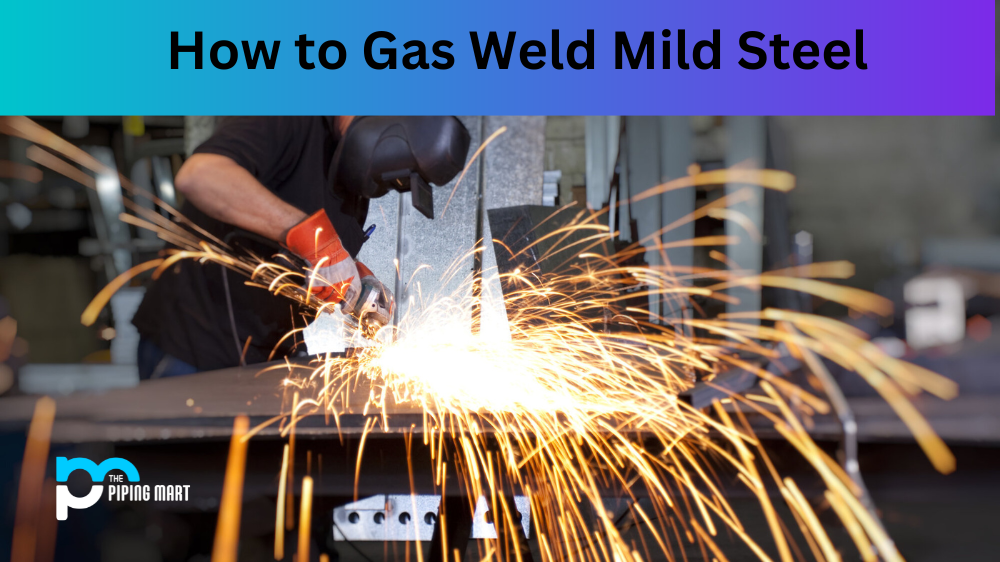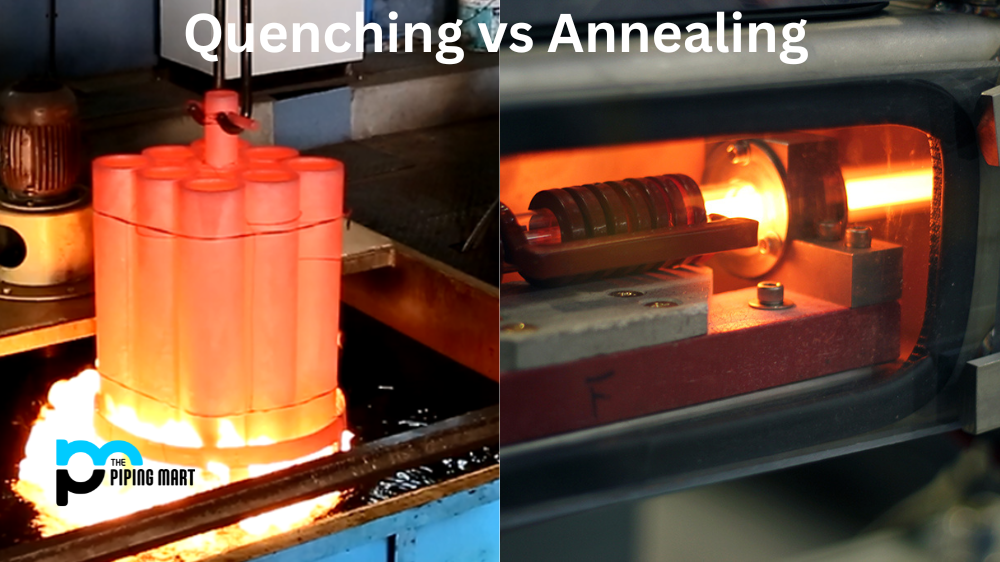You may have heard of spot welding and Soldering if you’re a DIYer or hobbyist. But do you know what the differences between them are? Spot welding and Soldering are different forms of metal joining that require distinct equipment, processes, and skills. In this blog post, we’ll discuss the differences between these two methods to help you make an informed decision when it comes time to choose which is suitable for your project.
Difference Between Spot Welding and Soldering
The main difference between spot welding and Soldering is the type of joint they create. Spot welding creates a permanent joint that can’t be separated without damaging the metal. Soldering creates a joint that can be broken apart with relative ease. This makes soldering ideal for projects that may need to be taken apart at some point in the future.
Spot welding requires more specialized equipment than Soldering does. The process involves two electrodes pressed against both sides of the metal being joined to create an electrical current that melts the material together. This method is best used for projects involving heavy metals such as steel or aluminium, as lighter metals such as copper or brass can’t handle high temperatures without melting or warping.
On the other hand, Soldering uses a softer metal alloy called solder to join two pieces of metal together. The solder melts when heat is applied by an open flame or a soldering iron, creating a strong bond between the joined materials. Unlike spot welding, which requires heavy-duty equipment and an understanding of electricity, soldering only requires basic tools such as a soldering iron and flux paste—both readily available from most hardware stores—and some practice to master the technique. Solder is also much less expensive than spot welders or other electrical equipment needed for spot welding.
- Spot welding is a type of welding that uses heat to join two pieces of metal together.
- Soldering is a type of welding that uses a filler metal to combine two pieces.
- Spot welding is typically used for thicker pieces of metal, while Soldering is typically used for thinner pieces of metal.
- Spot welding is generally more expensive than Soldering, as it requires special equipment.
- Soldering is generally considered weaker than spot welding, as the filler metal used in Soldering can break down over time.
- Spot welding is generally considered more durable than Soldering, as the heat creates a stronger bond between the two pieces of metal.
Conclusion:
Spot welding and Soldering are both effective methods of joining metals, but each has its advantages and disadvantages. Spot welding is best used for heavier metals, while soldering works well with lighter materials like copper or brass due to its lower temperature requirements. It’s important to understand these differences before deciding which method is right for your project so that you can get professional results every time!

Meet Bhavesh, a seasoned blogger with a wealth of knowledge and experience. From metal products manufacturing to retail, Bhavesh has a diverse background in various industries and is dedicated to sharing his insights and expertise with readers.




